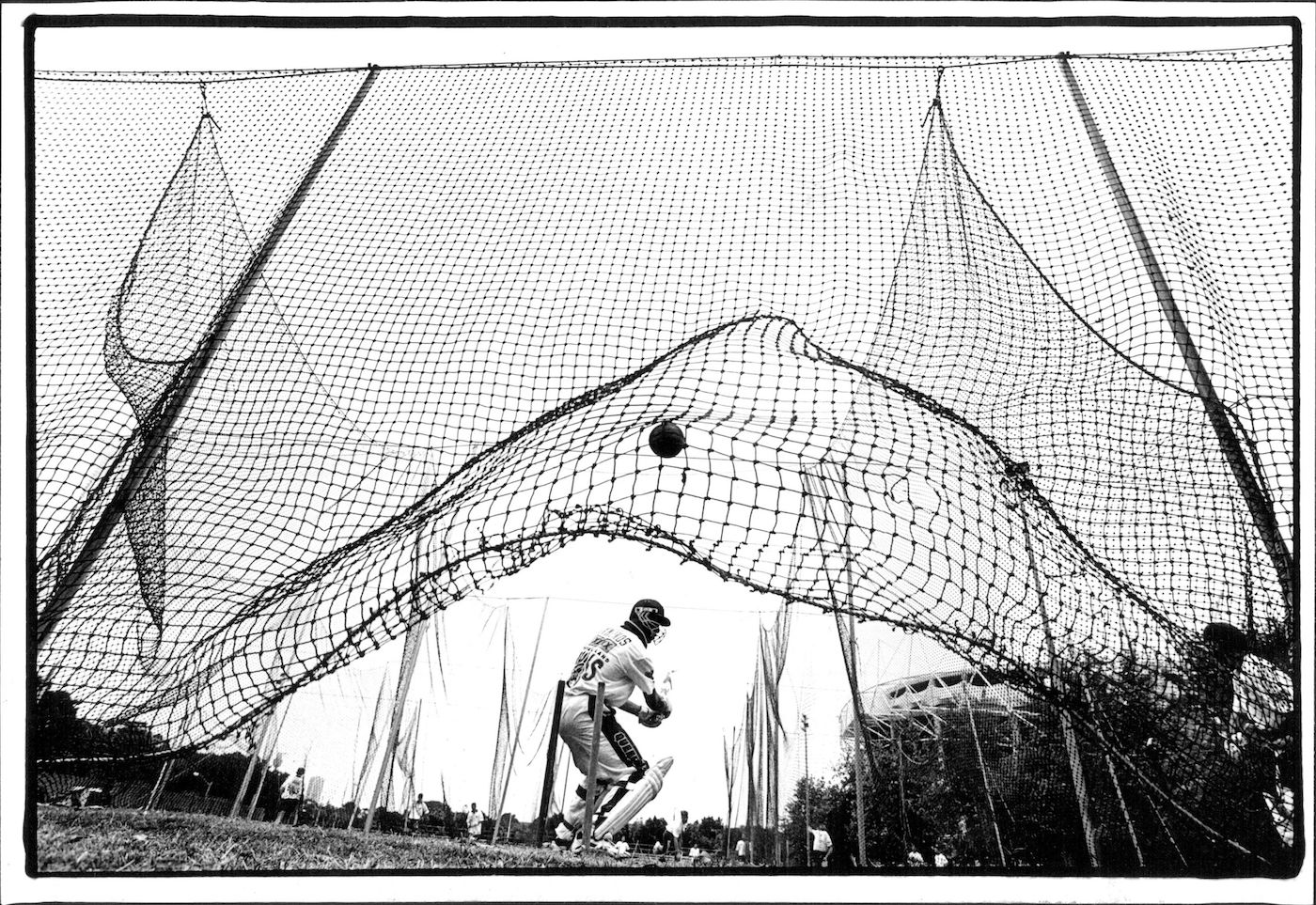
Scenic nick: you don't have to worry about edging one behind in the nets

Scenic nick: you don't have to worry about edging one behind in the nets
A behind-the-screens look at where cricketers are made
Cricket nets are many things - from structures that provide physical boundaries to imaginary fielders with a 100% catching rate. They're workshops where cricketers are shaped. They're places where cricketers can be practitioners without having to worry about being performers, though once in a while we're lucky to get a glimpse of what goes on inside them. (The nets, not the cricketers.)
Webinar 101: many hands make net work
Craig Golding / © Fairfax Media/Getty Images
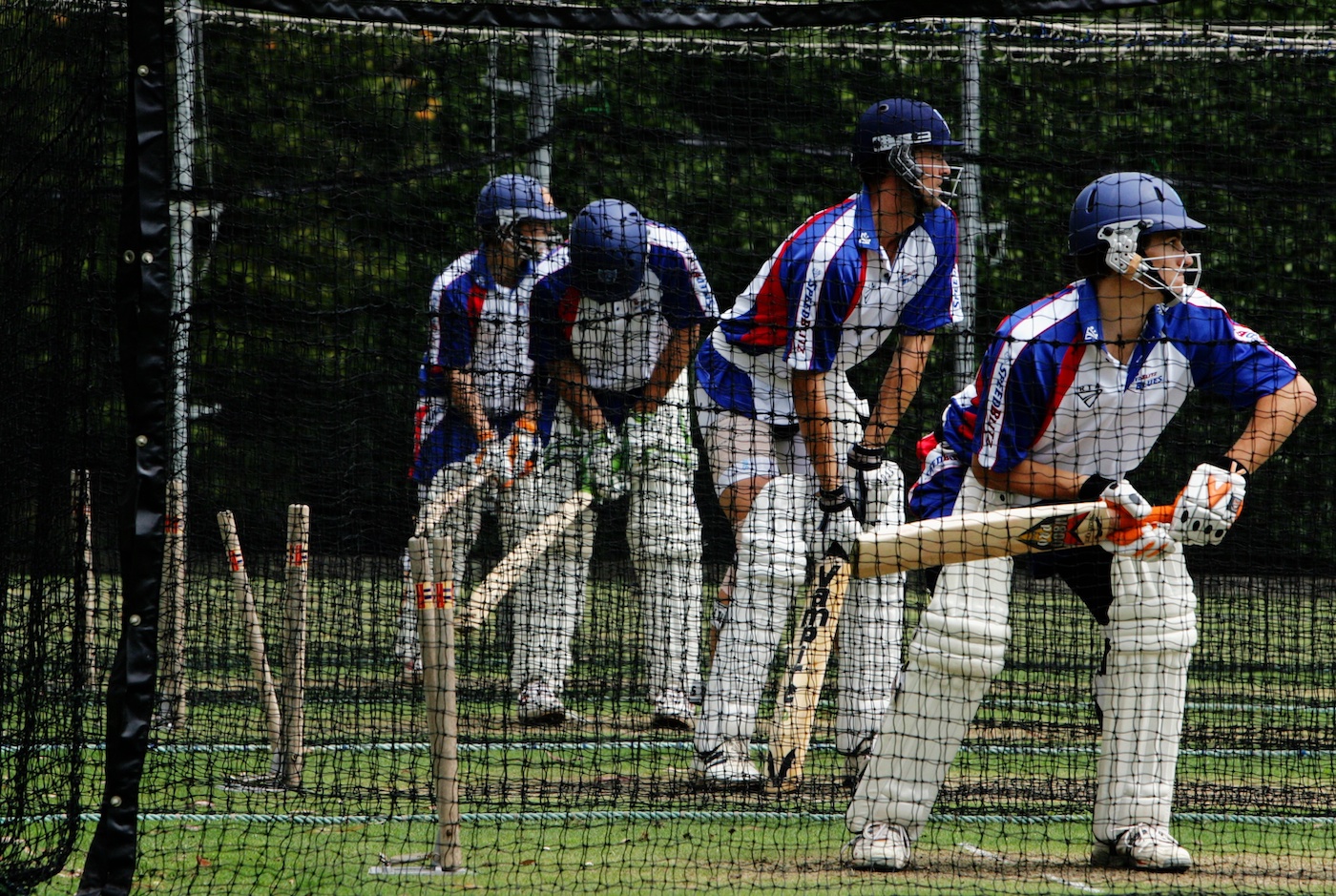
Mirror mirror on the wall, who's that left-hander in the right stall? The otherwise right-handed Alice Capsey trains to to be a back-up left-hand bat for England in the ongoing Women's ODI World Cup. Heather Knight, on the left, simply can't watch.
Well left: Capsey (right) unleashes her alter ego in the nets
Matt Roberts / © ICC/Getty Images

Somewhere in the matrix is an alternate timeline where Andrew Strauss and Kevin Pietersen swapped places, and Strauss is the one renowned for popularising the switch hit and playing reverse sweeps in Tests.
This could have been the Strauss that broke the opposition's back
Clive Rose / © Getty Images
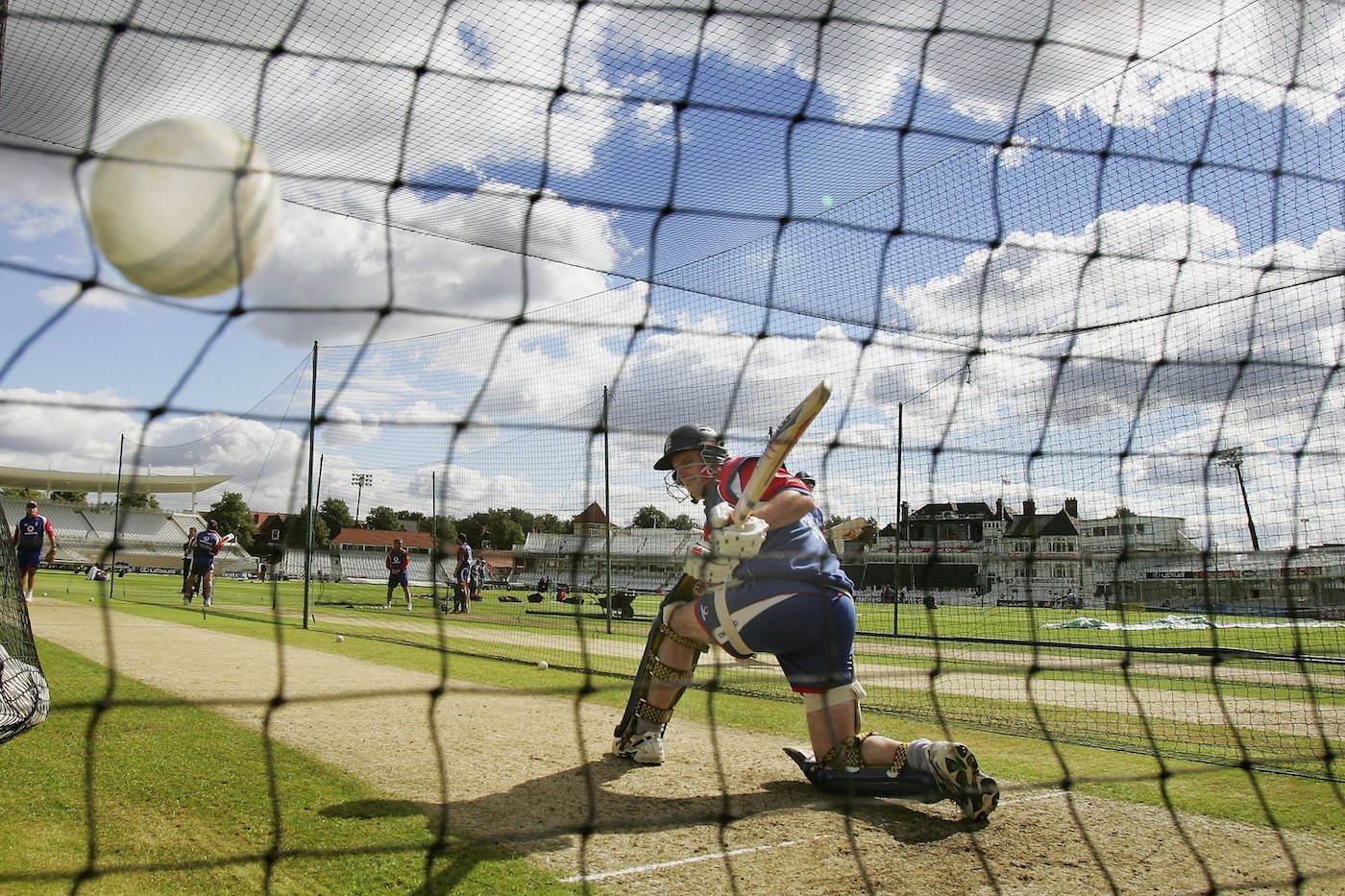
You can't put Chris Gayle in a box. Or in the nets. Below, the Universe Boss demonstrates how he warps space-time with his shots.
"I'm not stuck in here with you. You're stuck in here with me"
Jewel Samad / © AFP/Getty Images
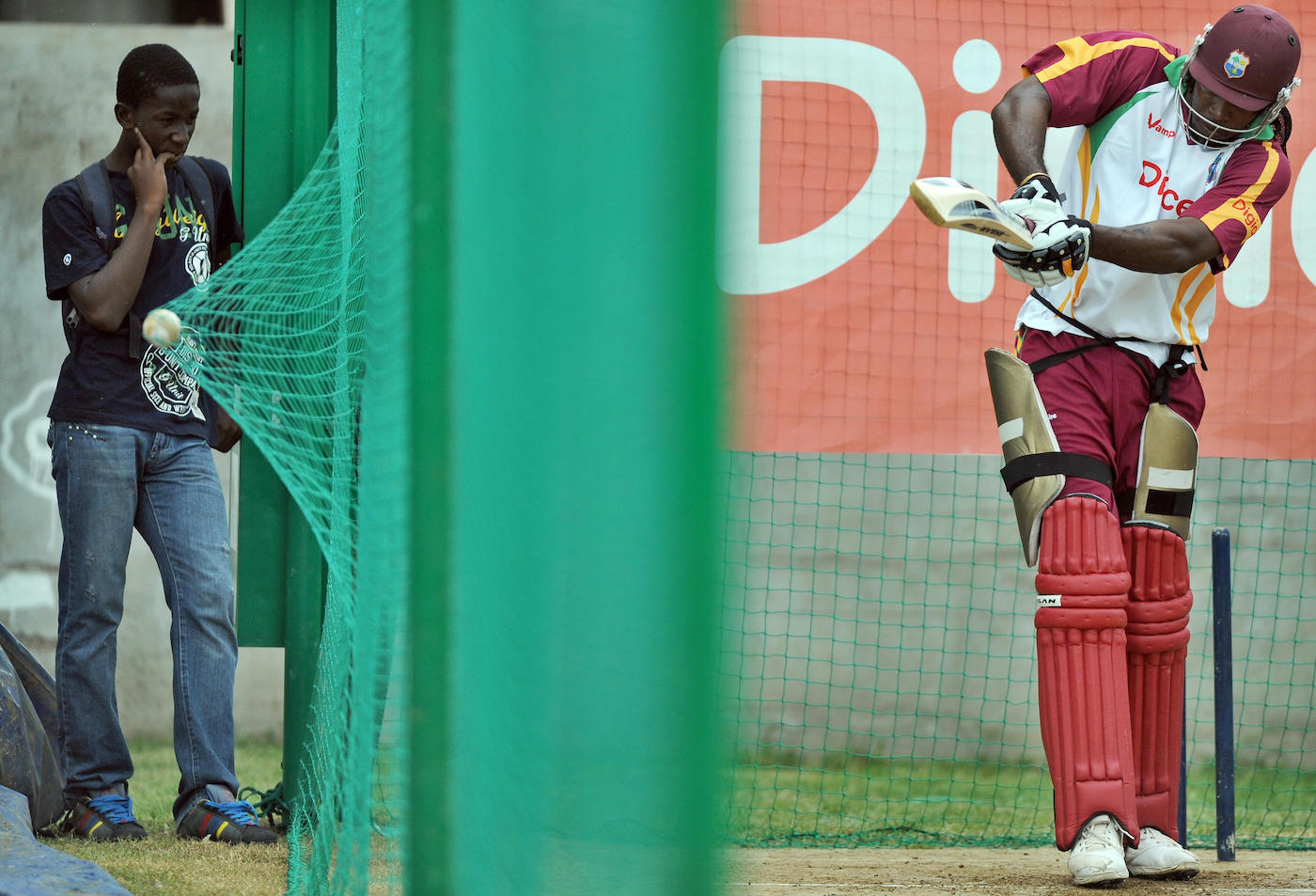
In the age of T20, though, nets are about as useful as a textbook on defence to the average power-hitter who can clear the stands with a well-timed shot.
What a mesh! England women clear the glass ceiling
Johan Rynners / © ECB/Getty Images
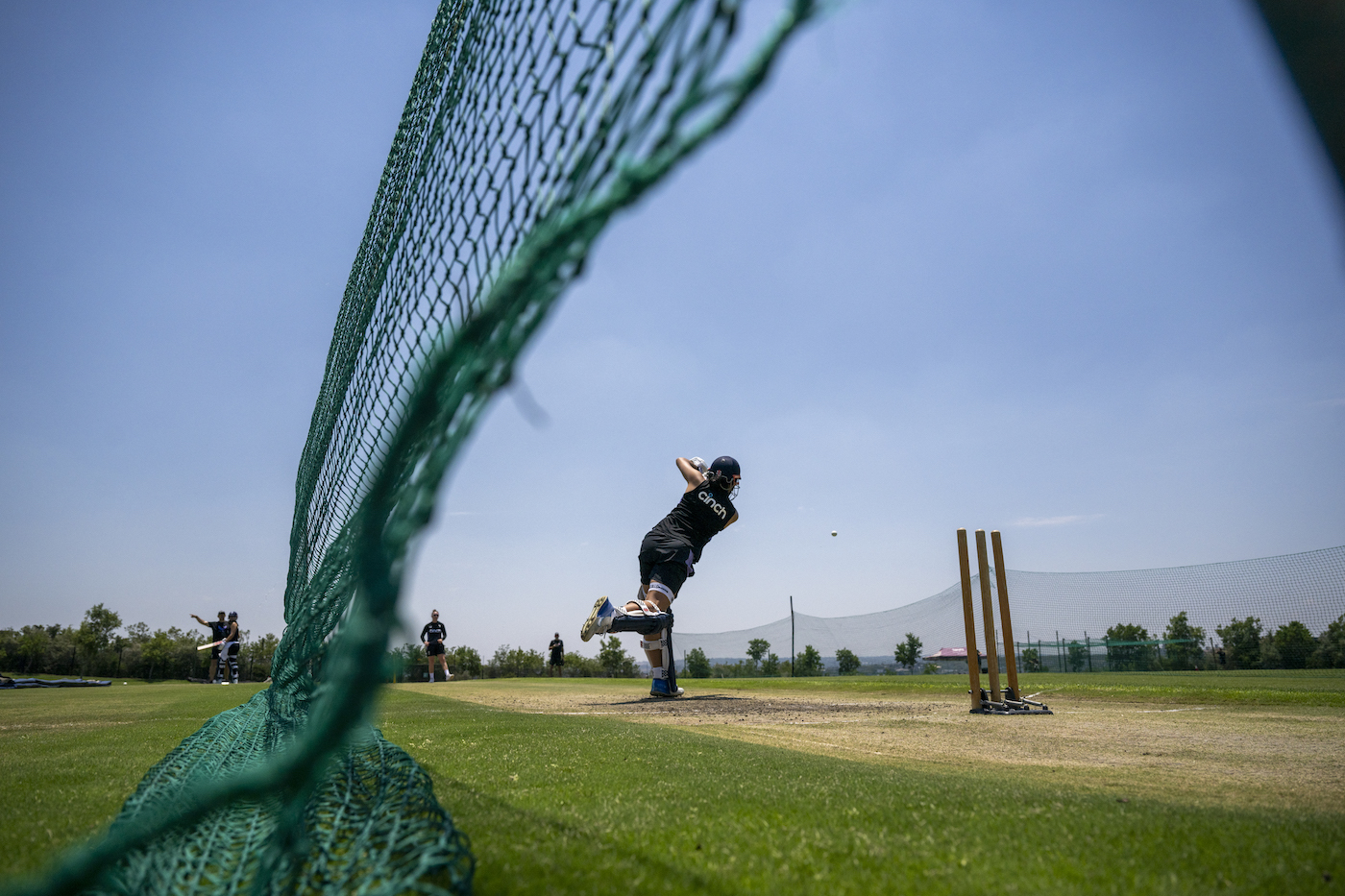
Watching Nasser Hussain block and block at training might not be first-choice entertainment for even the most ardent cricket fan but these photographers at Edgbaston are absolutely riveted.
Lattice see what you've got: cameramen observe cricketers in their native habitat
Steve Mitchell / © EMPICS/Getty Images
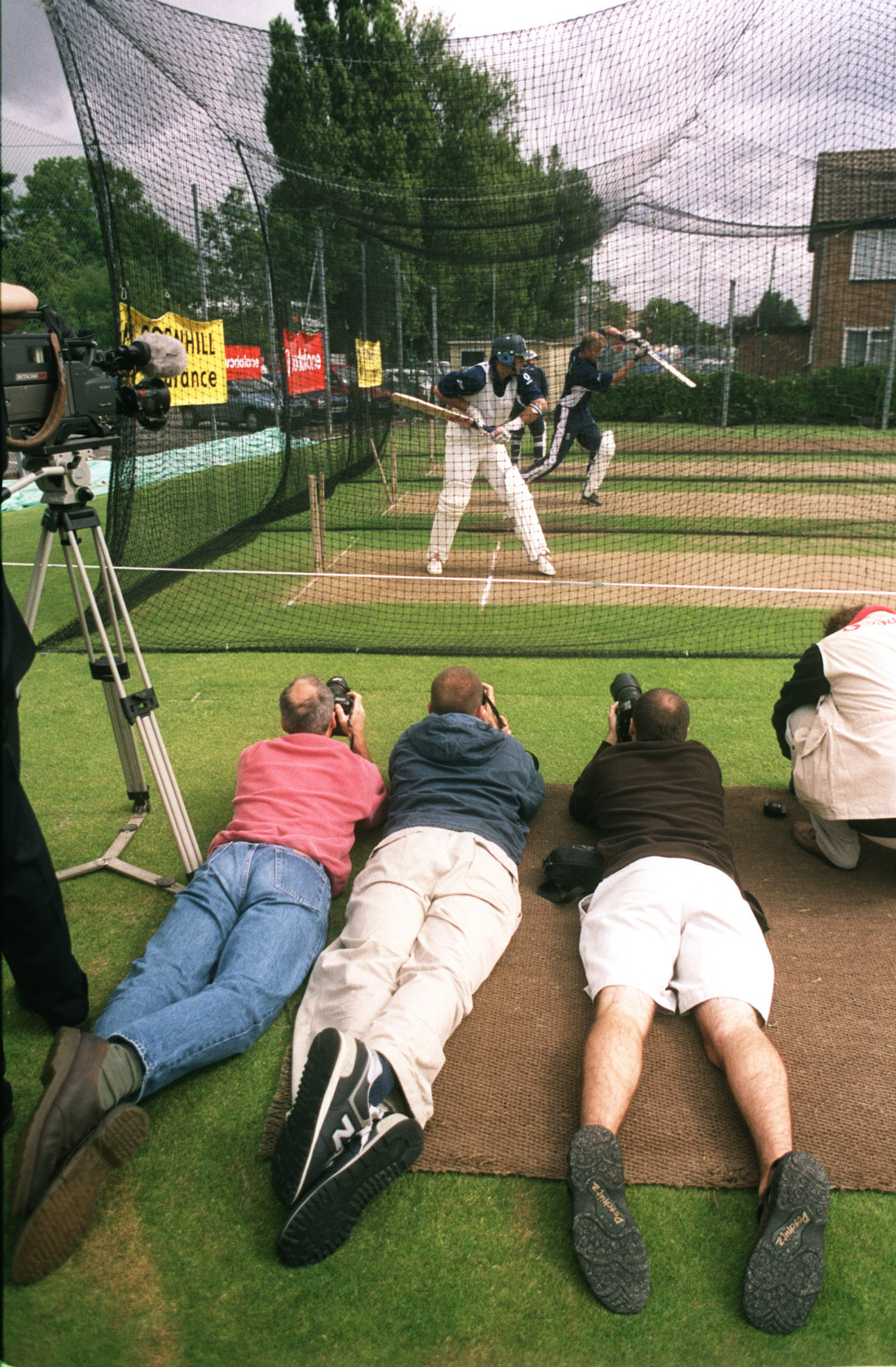
Extra cover for silly point - below, former New South Wales cricketer Rodney Davison uses the SCG nets as a second line of defence and a means to spare himself some running.
Bat's cradle: there's many a catch twixt net and slip
Craig Golding / © Fairfax Media/Getty Images
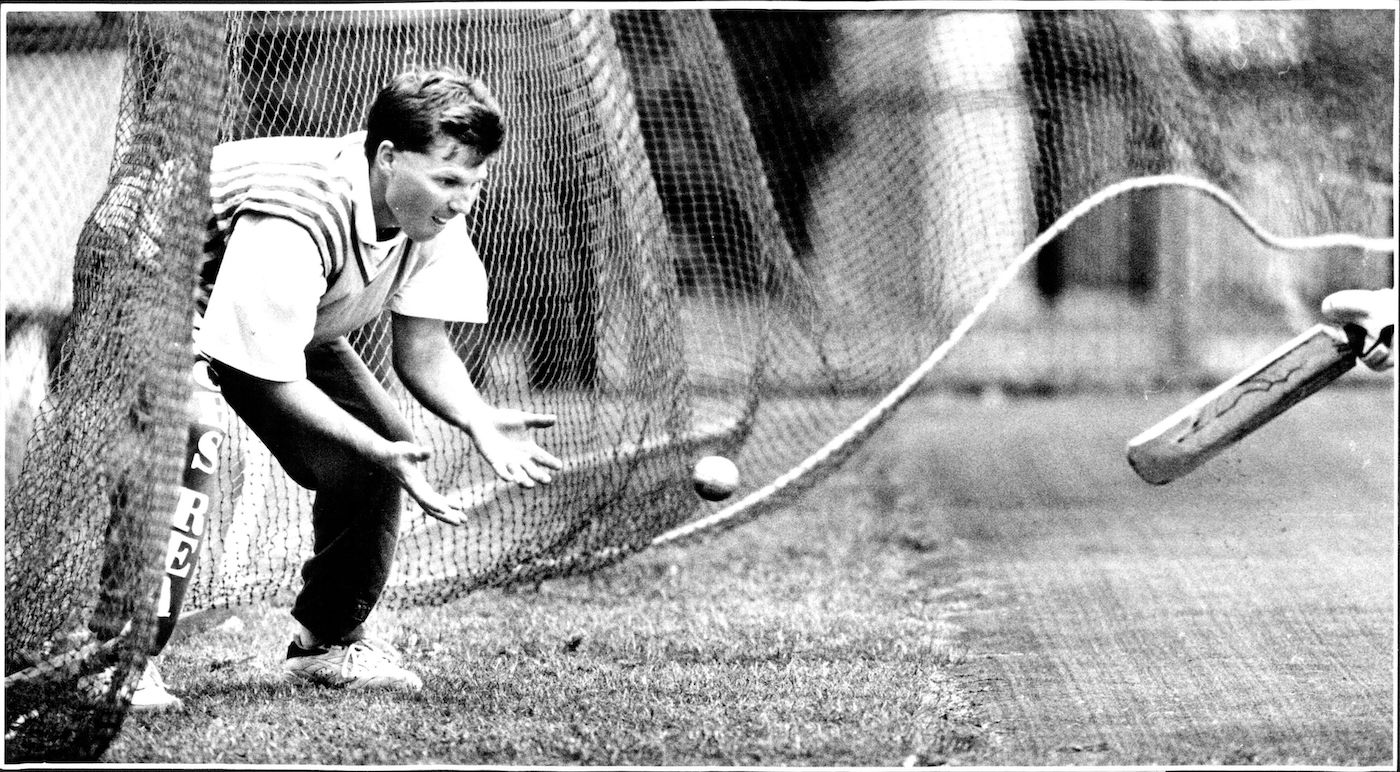
The nets are a safe space for batters and bowlers. Fast bowlers are allowed to cross lines they wouldn't be able to elsewhere, overstep the mark, take big leaps, and test their limits. It clearly worked for Mitchell Johnson, whose missteps in the nets didn't translate into no-balls on the field at the 2015 men's ODI World Cup. He took Virat Kohli's and Kane Williamson's wickets in the semi-final and final respectively to help Australia win the title.
No line, no fine: a small step for man, a giant leap (which won't be penalised) for a fast bowler
Ryan Pierse / © Getty Images
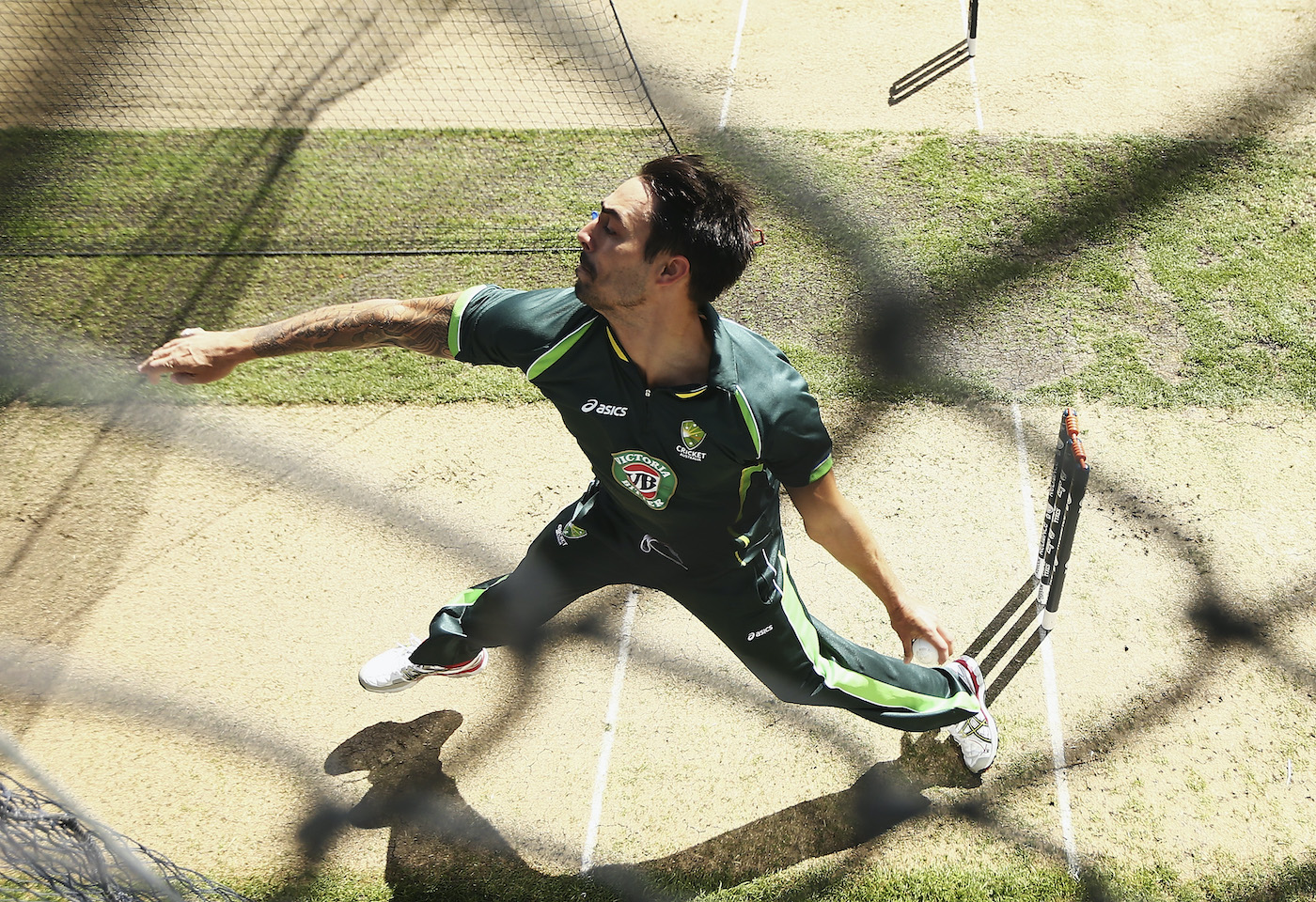
Part of the immense lore of Don Bradman is the story of him, as a young boy practising hitting a golf ball bounced off a rainwater tank in his backyard using a stump as bat. It's supposedly what developed his incredible hand-eye co-ordination, and if it's good enough for the Don, it's good enough for Bangladesh batter Mehrab Hossain, who attempted it at indoor nets in Colombo.
Fore? Four! Hossain putts one away
Sanka Vidanagama / © AFP/Getty Images
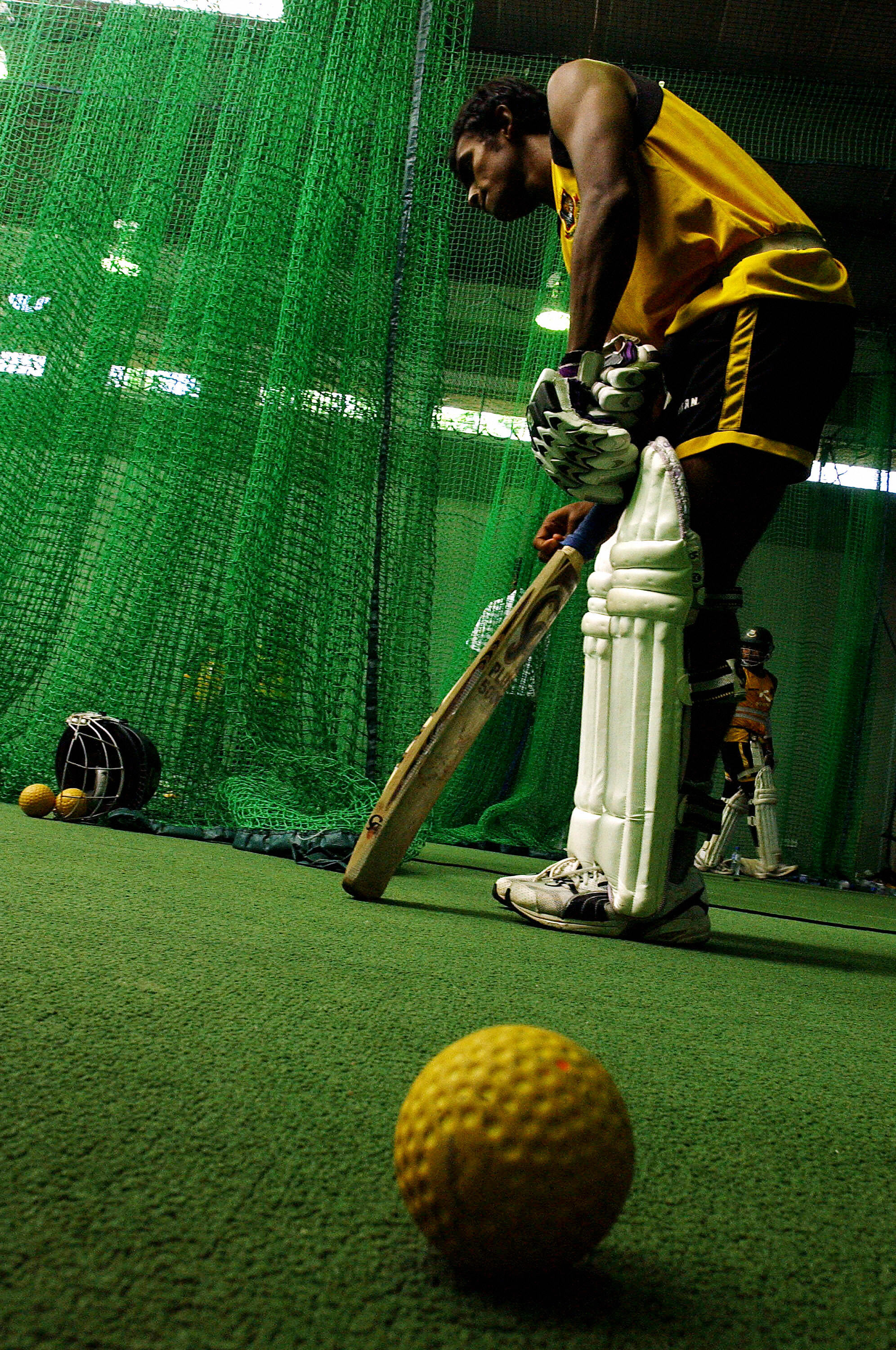
Everyone talks about the most beautiful cricket stadiums, but don't sleep on the equally picturesque outdoor nets. Below, England look like they were having a workcation in Kingstown, though they were there for the men's ODI World Cup in 2007.
Vroom with a view: England work on their sea legs
Tom Shaw / © Getty Images

With inputs from Deepti Unni
Ekanth is a sub-editor with ESPNcricinfo
© ESPN Sports Media Ltd.


